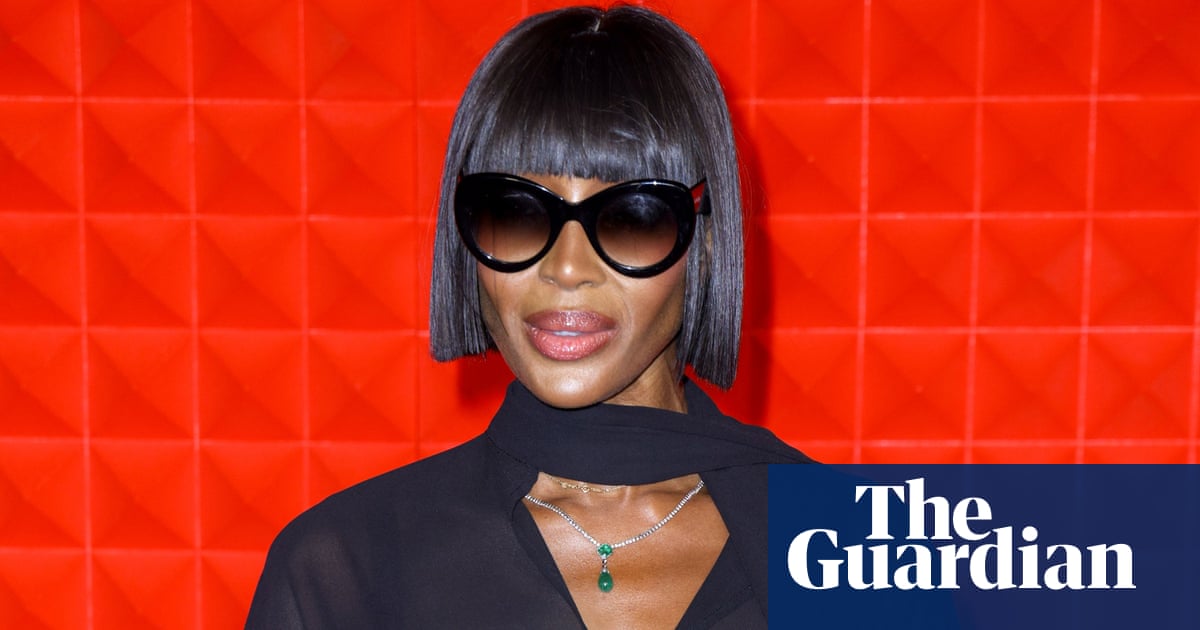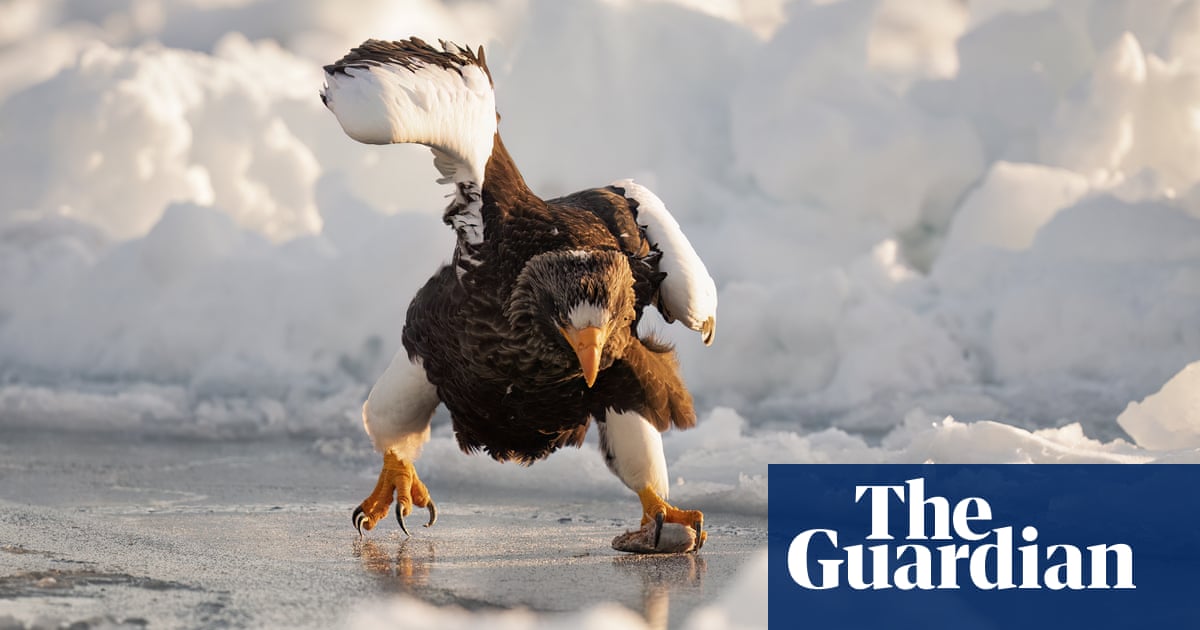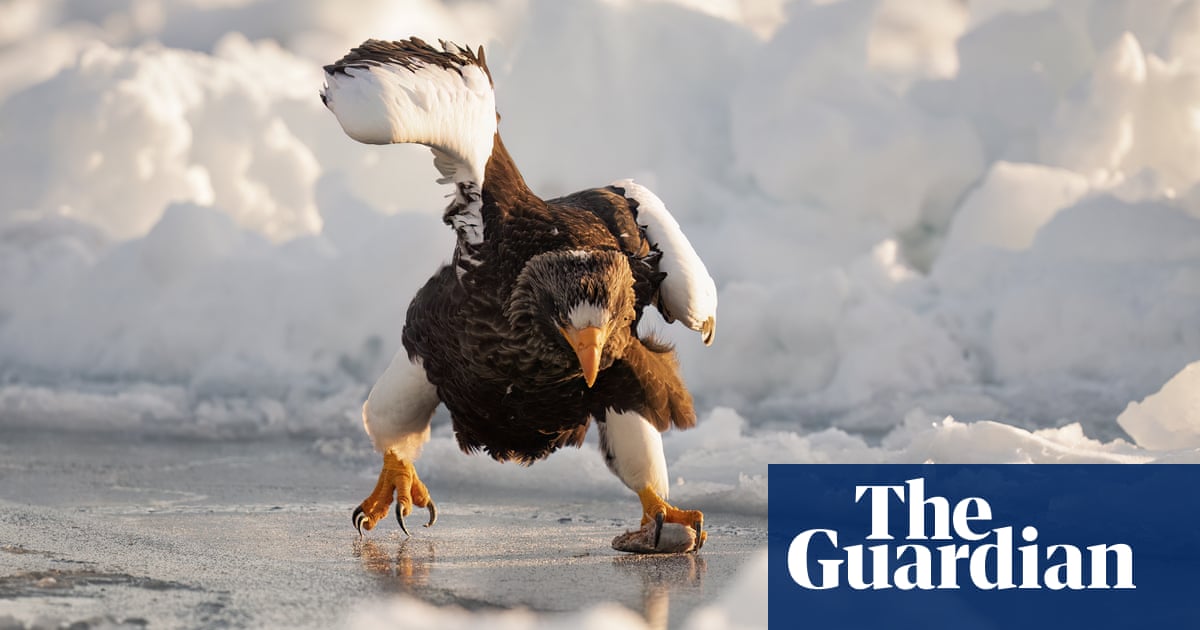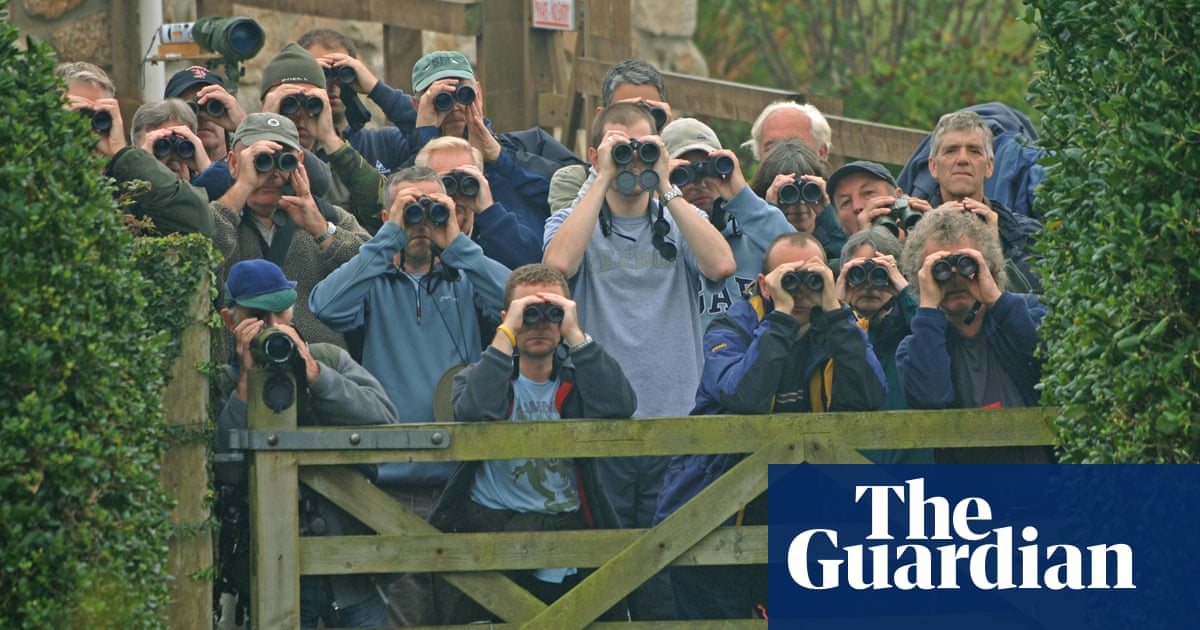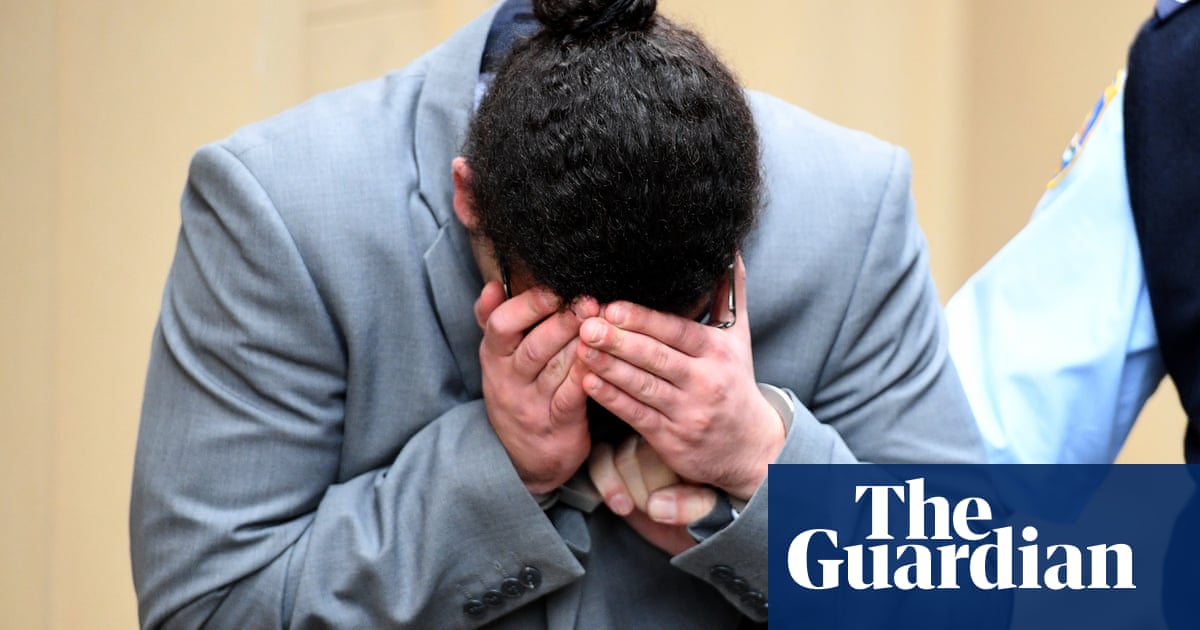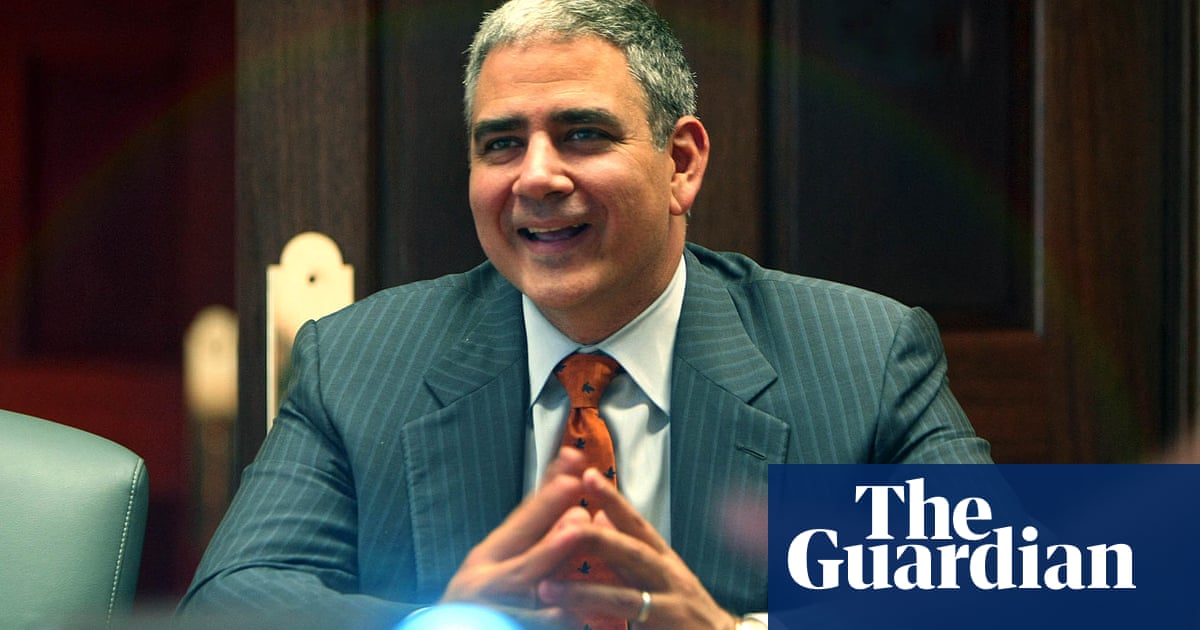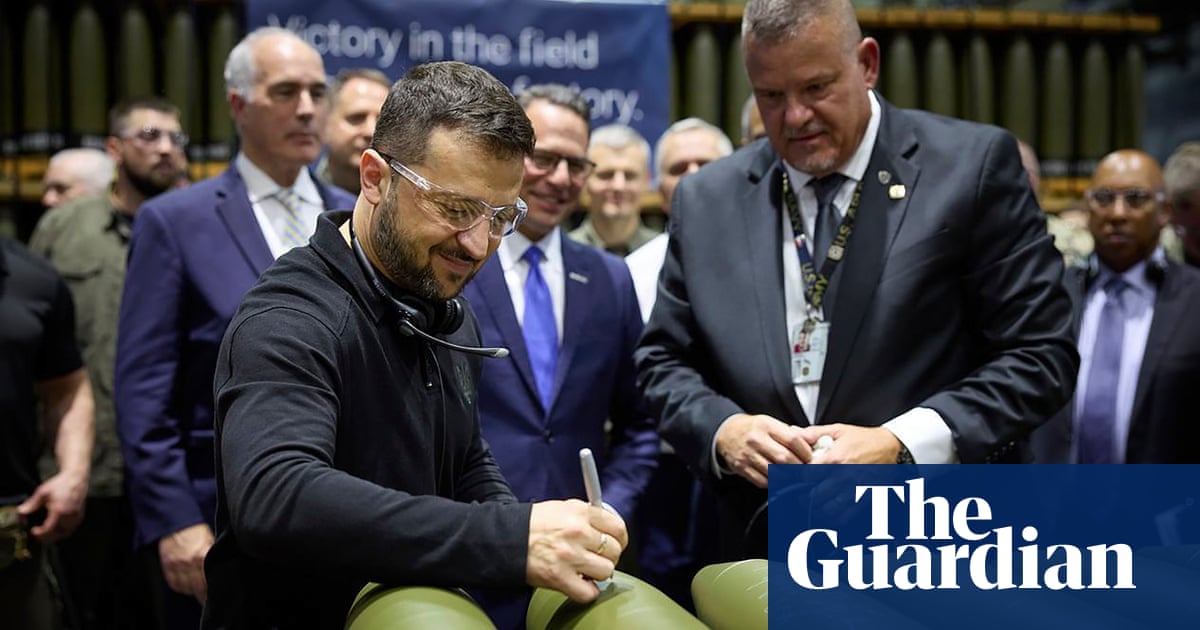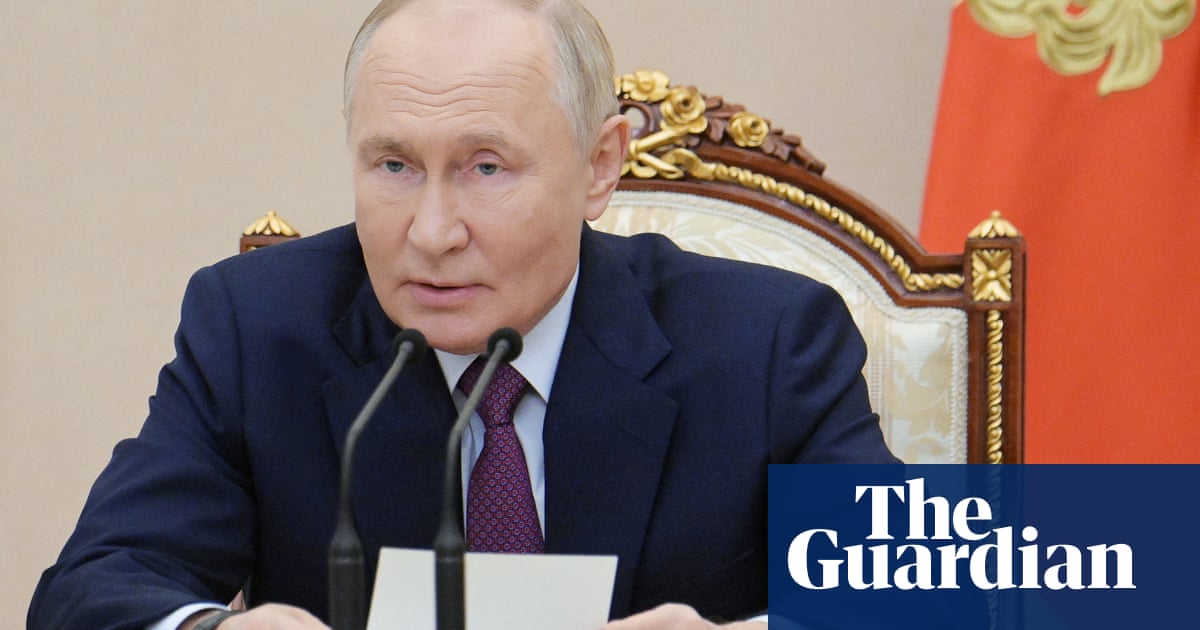Donald Trump’s mass voter turnout program in crucial battleground states is now principally being run by America Pac, the political action committee backed by the billionaire Elon Musk, according to multiple people familiar with the situation.
The Trump campaign gambled with its general field operation for the 2024 cycle and outsourced it to Super Pacs, while it targeted its focus on turning out Trump supporters in rural areas who typically do not vote.
But while the Trump campaign once predicted having multiple Pacs drive the rest of the vote, with six weeks until the election, only America Pac has a material presence of 300 to 400 paid and part-time people knocking on doors in each of the seven battleground states.
America Pac also remains the only entity – Trump campaign or otherwise – with a target to do three “passes” of homes of likely Trump voters in every battleground state before election day.
Turning Point Action, run by the rightwing activist Charlie Kirk and touted by the Trump campaign, for instance, has a smaller footprint; it has a presence in Arizona and Wisconsin after dropping Georgia from its initial list.
The situation means America Pac now accounts for an outsize proportion of the unglamorous but critical work of door-knocking and canvassing Trump voters in battleground states to get them to return a ballot.
Since the Trump campaign does not have its own mass field program – it has a new model of “Trump 47 Captains”, volunteers targeting likely Trump supporters who do not typically vote – the campaign has little backup if America Pac hits snags.
Last week, America Pac fired the company it had retained in Arizona and Nevada to do door-knocking and canvassing.
The move to terminate the September Group had damaging consequences for Trump as America Pac lost several days of canvassing while they sought a replacement company, and lost at least some of the roughly 300 people they hired in each state.
The Trump campaign denied that it had a reliance on America Pac and said it had more than 27,000 volunteers working as Trump 47 Captains, the program in which ardent Trump supporters receive special Maga merchandise as they get more people to register to vote.
Each volunteer initially receives a list of 10 neighbors to mobilize. If they meet that target, the next tier involves canvassing 24 out of 50 likely Trump voters, followed by canvassing 45 out of 100 voters, with new perks at each tier.
“Team Trump has hundreds of staff and offices mobilizing hundreds of thousands of volunteers across the country. That’s why everyone wants to take credit for our groundbreaking, data-enhanced, people-powered operation,” Karoline Leavitt, a Trump spokesperson, said in a statement.
But a person involved with America Pac expressed skepticism about the reach of the Trump 47 captains and noted targeting just so-called low propensity voters in rural areas is no substitute for hitting doors in suburban areas and cities as well.
Separately, if Trump wins, it could be in part thanks to Musk, who has articulated wider political ambitions – he recently pitched to Trump to serve in his cabinet in a second term – and resultantly have outsized influence with Trump.
The America Pac operation was slow to get started after it scrapped its initial plans, and only started hiring employees at a rapid clip last month.
But it has since exploded in size. By retaining canvassing vendors for each battleground state, America Pac’s operation now involves hundreds of paid and part-time employees to knock on doors in an unusually aggressive get-out-the-vote effort, the person said.
In North Carolina and Michigan, America Pac’s vendor, Blitz Canvassing LLC, has hired more than 400 staffers in each state, the person said. America Pac has paid roughly $3.3m to Blitz to date, according to federal campaign finance filings.
Blitz is now also responsible for Arizona and Nevada after it was named as the successor to the September Group. It has a mandate to rehire as many of the fired 300 canvassers as possible, and in Nevada, to hit roughly 30,000 doors a day.
The retention of Blitz has been controversial inside Trump world, in part because Blitz is a subsidiary of a company called GP3 owned by the political consultants running America Pac. It has given rise to accusations that America Pac’s leadership is profiting twice.
For Pennsylvania and Georgia, America Pac has subcontracted to Patriot Grassroots LLC and paid about $2.3m to date. For Wisconsin, America Pac has subcontracted to the Synapse Group for about $468,000, according to campaign finance filings.

